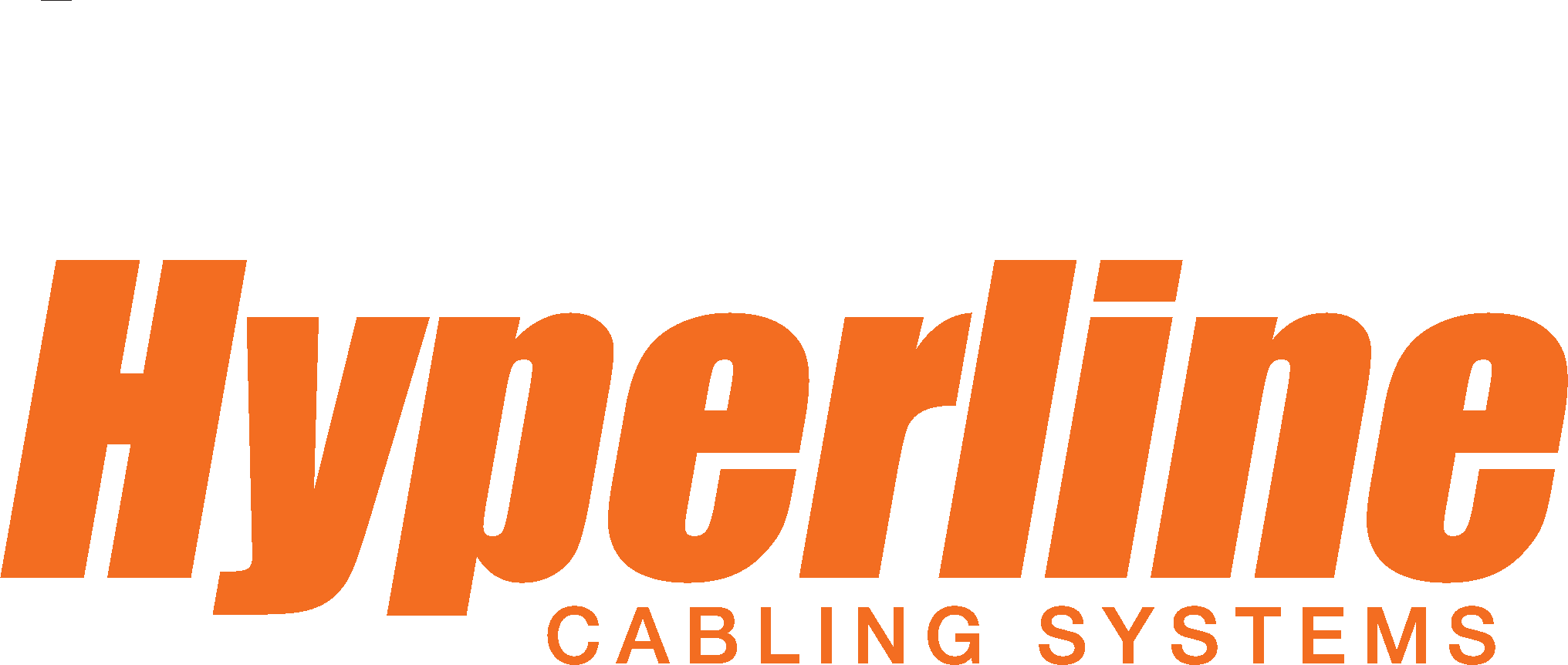
When building structured cabling systems, patch panels are used in racks and telecommunication cabinets for cable mounting in order to provide a high-quality commutation. A separate patch panel port is designated for each line. A patch panel is a block of jacks, the number of which corresponds to that of ports. E.g., a block of 24 jacks is a 24-port panel.

Patch panels mounted on 19
Numerical markings are put on the ports at the front of the panel. At the back of the panel contacts contain colour and numerical markings. There are areas for additional marking.

Category 6 patch panel
Patch panels differ in the number of ports, category and mounting technique.
By the number of ports, 12-, 24- and 48-port patch panels are most widely spread.
By the standards, category 5e and 6 patch panels are mostly used.

Patch panel of category 5e with patch cords
The main commutation mean is patch cords (a sections of cable, usually up to 5 m long, of the appropriate category with plug-type connections at the ends). They are used to connect patch panel ports, active equipment, sockets at the working places (PC, telephones, printers, etc).

Patch panel with modules of type 110

Module of type 110
The cable is laid to each port and using a special tool is mounted (connected to) in the IDC module (IDC is Insulation Displacement Connection). There are the following types of IDC modules: of type 110 , Krone and Dual IDC (universal). Depending on the module type different tools are used for cable mounting. Dual IDC is a universal module and admits use both 110 type tool and Krone type tool for cable mounting.

Shielded patch panel with Dual IDC modules

Dual IDC module
Panels may be mounted on the wall and in 19″ telecommunication cabinets, racks and frames. Some kinds of panels are produced according to standard 10″.
Panels mounted on the wall may be on a support (with rear mounting) and with front mounting .
Panels on the support are taken off from the support when mounting the cables, and then they are locked back. Besides, they may be mounted on 19″ frames for crosses of type 66, due to the same type of supports used.
Panel with front mounting are fixed directly to the walls. They are more compact, may be mounted directly to the box. The size of 24-port panels with front mounting is 19″, which allows their use in racks.

Wall-mounted patch panel with front mounting
According to the type of ports there are telephone and computer patch panel. Telephone panels have ports of type RJ-12 (6p4c, 6p6c) and are used for commutation of telephone lines. To make commutation with telephone stations simple, some telephone patch panels are provided with ports of type Telco (25 pairs).
Computer patch panels have RJ45 (8p8c) ports and are most often used in computer networks. Depending on the requirements to data transmission lines in computer networks patch panels with RJ-45 ports may be of category 5e and category 6 . Patch panels with shielded ports are used in structured cable systems with shielded communication circuits.

Ports of a shielded patch panel
Module panels are a separate type of patch panels. These are panels with cells for module of a special format. As module both RJ12 and RJ45, and BNC may be used even for the optical cable, module panels permit to create almost any port configuration needed for task solving. Format AMP module of type Keystone Jack is the most spread one.

Module panel with modules Keystone Jack of category 6

Port density of standard panels is:
- 1 U of height: 12, 16, 24 ports
- 2 U of height: 32, 48 ports
- 4 U of height: 96 ports


Share this page